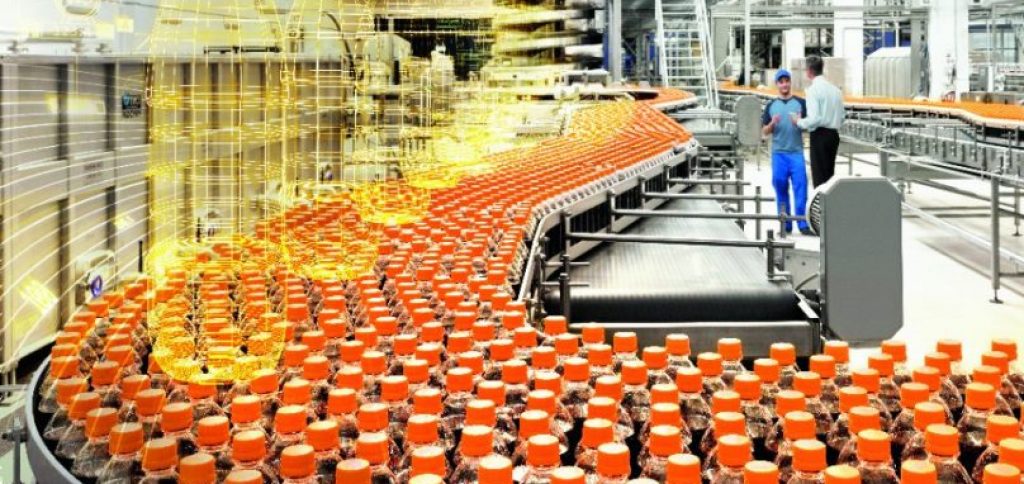The digital food and drink of tomorrow

Featured post: Digitalization has significantly changed our lives. That doesn’t change the fact that we need to keep eating and drinking – but will the food and drink of tomorrow be digital? Instead of buying food at the supermarket, will we print it out at home?
There are emerging technologies that give us a first glance into the future possibilities of food production. We can enjoy a greater range of flavors and products than ever before – not least because of today’s customers with their increased health consciousness and desire to keep fit. These changing consumer and market trends pose a challenge for food and drink manufacturers as they have to continually develop, manufacture and manage more and more product variants, recipes and brands.
Digitalizing business operations
In order to be able to react to these new challenges and to keep up with the competition in the world market, food and beverage manufacturers must embrace the digitalization of their entire business operations. Siemens’ digitalization concept is based on a holistic approach that transforms the traditional value chain into an integrated product and production life cycle – from product development all the way through to production planning, engineering, execution and service.
A product’s life cycle
Siemens divides the product’s life cycle into five main phases: The first phase of the concept is the product design. During this phase, the product’s digital formulation and the development of the packaging take place. Both tasks are supported by the development of a digital twin. Once the design process is complete, the product usually has to be designed on a large scale. This is the production planning phase. Siemens can create a virtual model of the complete production facility based on the product’s digital twin, the production process and the equipment used. This virtual model can be used to simulate production lines, material flows, logistics, the use of robots, human interactions in the production process and finally the actual production itself.
Engineering of the real-life plant can begin as soon as the production process has been digitally planned, optimized and verified. And it doesn’t matter whether it is an existing or a newly built plant – the new production lines’ mechanical, electrical and automation workings have to be defined in great detail.
Boosting efficiency through digitalization
Digitalization opens up new possibilities when planning projects, a good example being the virtual commissioning of a complete plant, including the equipment and automation. This not only reduces commissioning times, but also the associated costs. Siemens offers customers the option of scheduling and sequencing orders on the basis of the costs, energy consumption and the availability of raw materials, equipment and employees. It also takes into account other process-related aspects such as implementing a Cleaning in Process. In addition, Siemens technology makes it easier to ensure the transparency of production assets, to calculate and report on key figures, such as OEE, and to react with line-adjustment algorithms to avoid any downtime. With these new services offered under the open industrial IoT platform MindSphere, organizations can harness their data in order to boost availability, quality, and efficiency across the entire value chain.
Visit the Siemens booth at drinktec in Hall A3, booth 312 and create your own personal digitalization strategy.
About the author:
Siemens AG (Berlin and Munich) is a leading international technology group that has stood for technological capability, innovation, quality, reliability and internationality for more than 165 years. Siemens is present in more than 200 countries, focusing on the areas of electrification, automation and digitalization. At the end of September 2016, the company had around 351,000 employees worldwide. For more information, please visit www.siemens.com.
